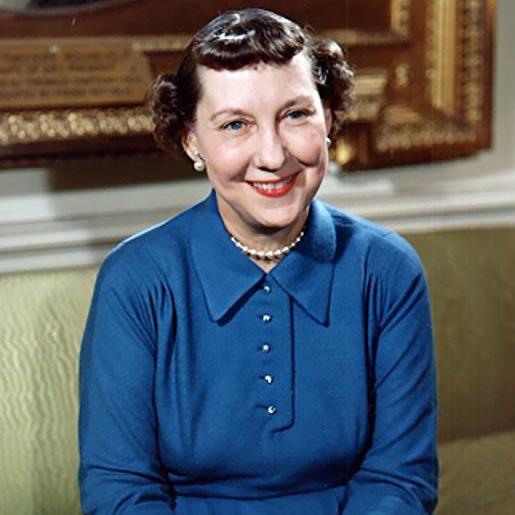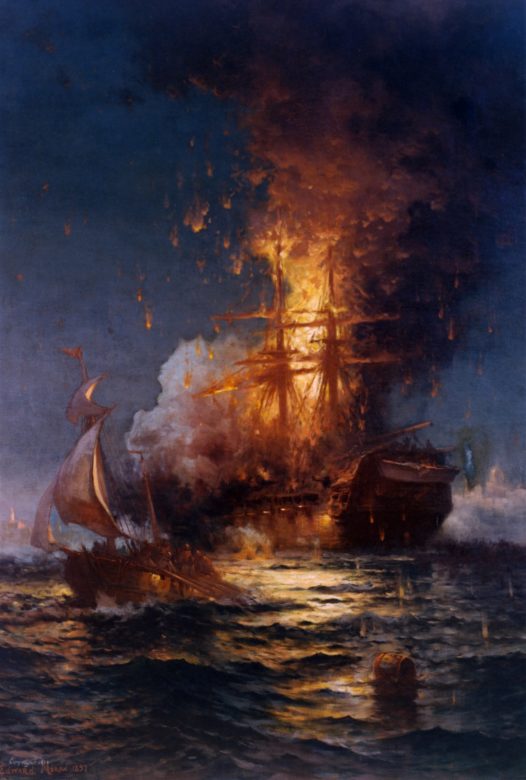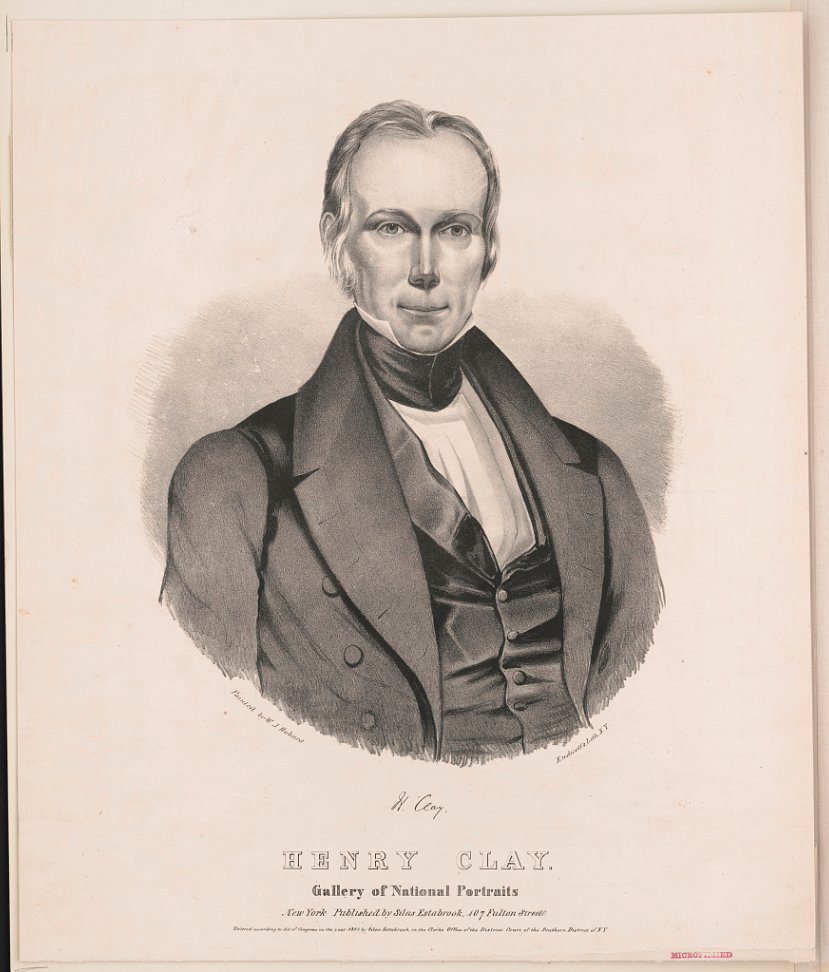
Protecting and preserving White House history since 1961.
3 subscribers
How to get URL link on X (Twitter) App


 To combat the poor preservation of the State Services, Colonel Bingham asked Baker to write a scholarly article on the subject, which led her to spend four months studying the remaining presidential china in the White House.
To combat the poor preservation of the State Services, Colonel Bingham asked Baker to write a scholarly article on the subject, which led her to spend four months studying the remaining presidential china in the White House.


 When Eisenhower won the 1952 presidential election, Arden offered to dispatch a hairdresser to Washington to help the new first lady style her “precious, much discussed bangs.” Mrs. Eisenhower graciously accepted the offer.
When Eisenhower won the 1952 presidential election, Arden offered to dispatch a hairdresser to Washington to help the new first lady style her “precious, much discussed bangs.” Mrs. Eisenhower graciously accepted the offer. 


 After the British burned the White House in 1814, President Monroe purchased Parisian furniture to refurbish the scorched Executive Mansion. Among the newly acquired furniture was the gilded centerpiece, made by the Parisian firm Denière et Matelin.
After the British burned the White House in 1814, President Monroe purchased Parisian furniture to refurbish the scorched Executive Mansion. Among the newly acquired furniture was the gilded centerpiece, made by the Parisian firm Denière et Matelin.

 @SagamoreHillNHS Mrs. Roosevelt’s White House garden parties gained such traction that local papers announced that her inaugural party as “the first time in the history of the White House that the mistress of the mansion has given this kind of function.”
@SagamoreHillNHS Mrs. Roosevelt’s White House garden parties gained such traction that local papers announced that her inaugural party as “the first time in the history of the White House that the mistress of the mansion has given this kind of function.”

 Jane Appleton married Franklin Pierce in 1834, though she was uninterested in politics and the spotlight that came with it.
Jane Appleton married Franklin Pierce in 1834, though she was uninterested in politics and the spotlight that came with it. 

 In one of the most courageous actions in American naval history, Catalano piloted the Intrepid for Lieutenant Stephen Decatur’s destruction of the captured USS Philadelphia in Tripoli Harbor in 1804.
In one of the most courageous actions in American naval history, Catalano piloted the Intrepid for Lieutenant Stephen Decatur’s destruction of the captured USS Philadelphia in Tripoli Harbor in 1804.


 Originally intended as a four-month tour, the general’s visit stretched into a thirteen-month journey to all twenty-four states, and inspired patriotic celebrations and expressions across a young country during the waning days of the “Era of Good Feelings.”
Originally intended as a four-month tour, the general’s visit stretched into a thirteen-month journey to all twenty-four states, and inspired patriotic celebrations and expressions across a young country during the waning days of the “Era of Good Feelings.”
 As president, Tyler vetoed a bill to recharter the Second Bank of the United States, along with several bills proposed by fellow Whigs and sponsored by Henry Clay, a prominent Whig member of the U.S. Senate. (2/6)
As president, Tyler vetoed a bill to recharter the Second Bank of the United States, along with several bills proposed by fellow Whigs and sponsored by Henry Clay, a prominent Whig member of the U.S. Senate. (2/6)

 Many American presidents have elected to use historical White House desks for their workspace. (2/8)
Many American presidents have elected to use historical White House desks for their workspace. (2/8)



 “The H.M.S. Resolute, forming part of the expedition sent in search of Sir John Franklin in 1852, was abandoned in Latitude 74º 41' N. Longitude 101º 22' W. on 15th May 1854.” (2/6)
“The H.M.S. Resolute, forming part of the expedition sent in search of Sir John Franklin in 1852, was abandoned in Latitude 74º 41' N. Longitude 101º 22' W. on 15th May 1854.” (2/6)


 Hudjihini was a member of the Eagle clan of the Jiwere-Nut’achi, or Otoe-Missouria, tribe located in the Great Lakes Region near present-day Nebraska, and the wife of Chief Sumonyeacathee of the Otoe-Missouria Bear clan. (2/6)
Hudjihini was a member of the Eagle clan of the Jiwere-Nut’achi, or Otoe-Missouria, tribe located in the Great Lakes Region near present-day Nebraska, and the wife of Chief Sumonyeacathee of the Otoe-Missouria Bear clan. (2/6)


 In 1864, Sojourner Truth—a former slave, renowned abolitionist, and women’s rights activist—decided to make the long journey from Battle Creek, Michigan, to the nation’s capital to speak to the president. (2/5)
In 1864, Sojourner Truth—a former slave, renowned abolitionist, and women’s rights activist—decided to make the long journey from Battle Creek, Michigan, to the nation’s capital to speak to the president. (2/5)

 The overmantel, a still life sitting on top a mirror with a gilded frame, was gifted to President Harry S. Truman on behalf of her father, King George VI. (2/7)
The overmantel, a still life sitting on top a mirror with a gilded frame, was gifted to President Harry S. Truman on behalf of her father, King George VI. (2/7)

 The journey began on March 30. Red Fox James was riding a white pony named Montana that was said to be “the last of a strain of real Indian ponies from a noted outlaw horse known as Tombstone.” (2/6)
The journey began on March 30. Red Fox James was riding a white pony named Montana that was said to be “the last of a strain of real Indian ponies from a noted outlaw horse known as Tombstone.” (2/6)


 While the United States previously implemented wartime conscription during the American Revolution, the Civil War, and World War I, the Selective Training and Service Act established the nation’s first peacetime draft. (2/6)
While the United States previously implemented wartime conscription during the American Revolution, the Civil War, and World War I, the Selective Training and Service Act established the nation’s first peacetime draft. (2/6)

 During the winter, ice and snow would be cut from rivers and lakes and taken to the ice house, where the blocks were packed with sawdust or straw to act as insulation. This allowed the White House to serve cold dishes throughout the summer. (2/7)
During the winter, ice and snow would be cut from rivers and lakes and taken to the ice house, where the blocks were packed with sawdust or straw to act as insulation. This allowed the White House to serve cold dishes throughout the summer. (2/7)